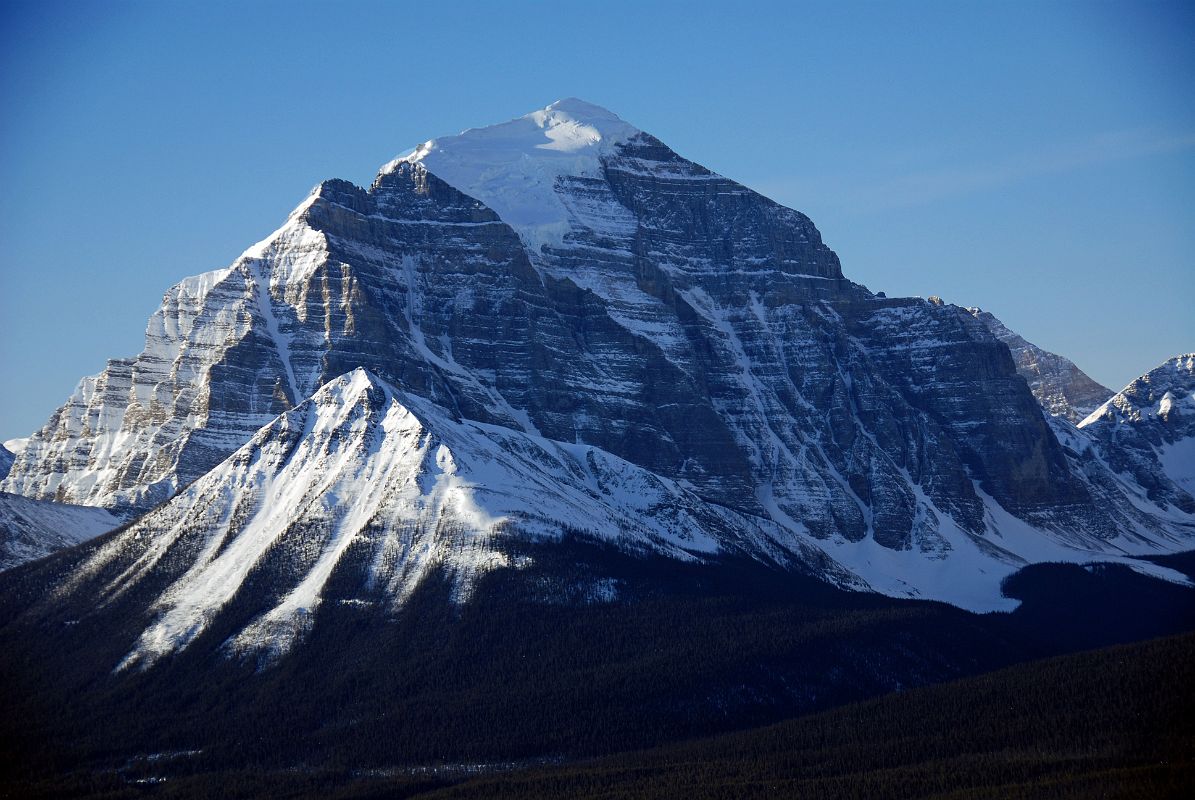Avoidable Deaths in the Mountains, What Can We Do?
The peaks of western Canada have been busy and search and rescue crews are working overtime

It’s not O.K. to be having so many people die in the mountains, but what can we do? Probably a lot. A skier died this weekend in the 3/4 Couloir above Moraine Lake. And a 30-year-old Calgary hiker died on the scree slope below the south face of Yamnuska last weekend.
Not to downplay the tragedies, but what’s knew? It’s nearly every week that we’re hearing about death in Canada’s mountains. Alpinist Travis TenHove died on the Shooting Gallery on Mount Andromeda this spring, that was followed by Trina Ramanaden, 44, who died scrambling on Mount Fable in the Bow Valley.
Death in the mountains is not new, in fact it’s a part of the history of being in them. However, the recent rise in trail-users combined with the objective hazards that exists in these mountains is resulting in horrific accidents.
And yes, every death in the mountains is avoidable, but some more than others.
Search and rescuers have been responding to, I’m assuming, more calls than usual. How could they not be? The parking lots overflow onto the roads in kilometres-long lines of parked-in-ditch SUV’s and pick-ups. Post-covid now-we’re-mountain-conquerors who puke their minute-by-minute hiking videos onto social media are attacking the must-do easy-access paths close to Calgary.
Lake Louise is full before breakfast, bumper-to-bumper heading-to-Banff wanna-be “mountaineers” clog the Trans-Can in endless races to trailheads, and no-mountain-sense unprepared scramblers are traffic-jamming popular outdoor spaces. “But Brandon,” I’ve been asked, “shouldn’t everyone be allowed to use the mountains?” Yes, but no. Everyone should be allowed to use the valleys, lakes and rivers, sure, but the peaks and high places?
The mountains are dangerous and deserve respect. I don’t believe the jean-wearing never-been-on-a-trail punters who are tripping over themselves should be allowed in the mountains; at least not before they know what they’re getting into and know how to be prepared. At least not before they know that an error could endanger those who are trying to help. At least not before they learn about the peak, the history and how their weekend-warrior how-much-farther-asking slog fits into the bigger picture of the mountains. Because the peaks are fun to hike for exercise, but a summit should have more importance than just a time stamp on Strava and a social media post.
I once heard that the local scramblers’ guidebook was job security for search and rescuers, because it guarantees a certain number of rescues every year. It’s a jab at you people who think you know what you’re doing, but you really have no idea. It’s a jab at you people who buy a guidebook, get decked out in useless gear and head to a mountain because you saw it on Instagram.
So, what’s the solution? I don’t have one. I’m not a policymaker or land manager. But, Yamnuska was closed after the recent fatality. Maybe it’s open now. More places will close if they become accident-centres. Skiers are dying in summer and our support crews in the peaks are stretched to their limits.
Our search and rescuers are highly trained technicians who have our backs, but we have to have theirs, too; and that means heading to the mountains prepared, so that we don’t need them.


